#blackcomb
Explore tagged Tumblr posts
Text
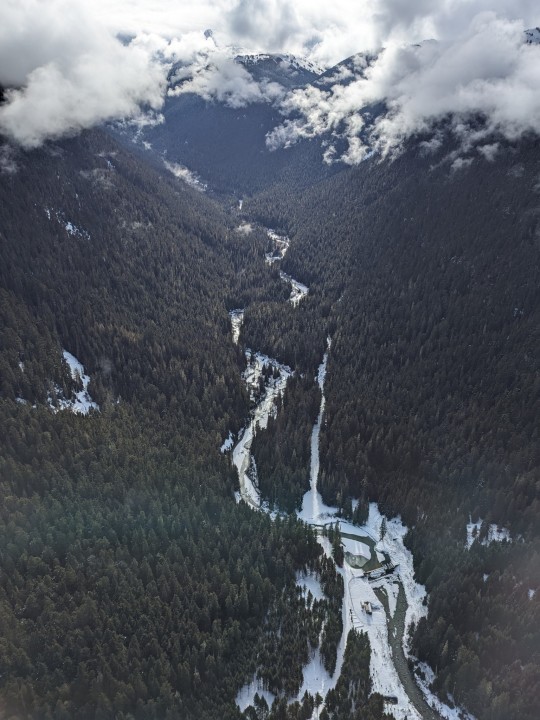




I wanted to share some pictures I took today that I liked because my dad has decided to make me feel bad about my own feelings
#whistler blackcomb#whistler#blackcomb#peak2peak#peak to peak#I can feel unconfident when i stopped using a snowboard after like 15 years and getting a new one that behaves completely differently
2 notes
·
View notes
Text
Lording over us

Overlord Mountain, viewed from Blackcomb Mountain, Whistler, British Columbia
July 1, 2023
Photo by @alexandramrobertson
4 notes
·
View notes
Text

this is the best comment i have ever had on anything I have made
2 notes
·
View notes
Text
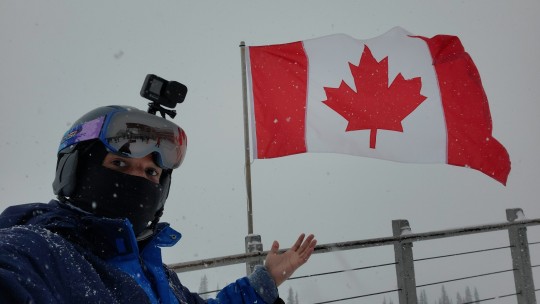

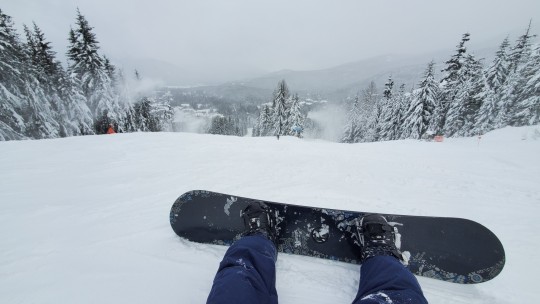

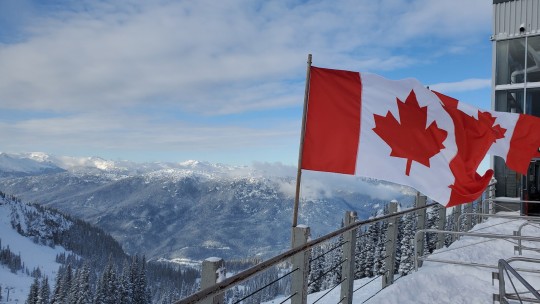
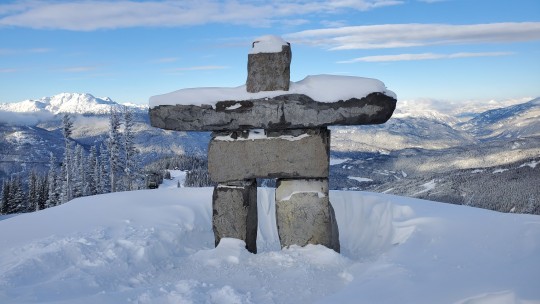

Survived some more snowy adventuring 7,160 feet up. Thanks for the hospitality this week, northern neighbors~ 🇨🇦
10 notes
·
View notes
Text





















Yep, there I go again. Hiking up stuff.
Blackcomb Peak, July 27, 2023
15 notes
·
View notes
Text
Discover the Magic of Whistler Blackcomb!
Looking for the ultimate ski adventure? ⛷️ Whistler Blackcomb offers world-class slopes, breathtaking views, and an unforgettable winter experience! Whether you're a beginner or an expert, there's something for everyone. Enjoy powder-perfect runs, après-ski delights, and cozy mountain lodges. Don't miss out—plan your Whistler getaway today!

0 notes
Text
Whistler Blackcomb Resort Update - The Squamish Reporter
Whistler Blackcomb has reported another fatality at the resort, marking the second such tragedy this year. For more information, visit https://www.squamishreporter.com/2024/01/28/second-fatality-confirmed-at-whistler-blackcomb/
0 notes
Link
#Indigenous Tourism BC#IndigenousBC#Whistler-Blackcomb#VailResorts#Whistler#Audain Art Museum#Squamish Lil'wat Cultural Centre
0 notes
Note
could you do R4 with connor bedard i love ur writing ☺️☺️
Aww, you're so sweet, babe! ☺️😚 Thank you! 🩷🩷
R4- "You've never looked so beautiful."

The Chateau rose high into the Whistler-Blackcomb mountains. Out-of-season for any type of Snowsport, the grounds were now the prime location for summer weddings and golf retreats. The hotel was unlike anything you had ever experience personally, bar seeing such places through your phone’s screen, but never in person. Connor had invited you to a family wedding high in the mountains of BC and you didn’t feel prepared for such an event. You had attended weddings, sure, but never in a modern day castle.
The two of you had arrived the day before, and you had rode around with Connor in a golf cart while he played a round with his dad and other members of his family. The mountain air had been so refreshing in comparison to what you had gotten accustomed to in Chicago. Nothing could beat the alpine freshness and you would be sad to leave it when the time came. Now, however, it was time to get ready for the event that had you here.
It hadn’t taken Connor long to get ready, having just needed to put on his suit and fuss over his hair. You, on the other hand, had hair, skincare, makeup, and everything else you felt was required. Over an hour you’d make him wait on the other side of the bathroom door, but when you got done, you felt his wait would be worth it. The black, floor-length gown just barely kissed the floor after you had your heels on; you felt like a beauty queen. The scent of your floral perfume had filled the room and your jewelry glittered with each movement you made. With a deep breath, you’d grip the doorknob and finally let Connor see you.
Like he had been waiting on you the whole time, his eyes immediately locked on to you. You’d make your way over to him while Connor just stared, like he was completely unable to speak.
“Do I look okay?” You finally asked, breaking the silence between you both.
Connor just continued to gaze at you; completely in awe of his date for the evening. “You’ve never looked so beautiful.”
His compliment had taken your breath away as you smiled at him, having to advert your eyes for just a moment. “You’re too nice,” you told him, feeling the heat rise into your cheeks.
“I mean it, thought,” he added, getting to his feet to be eye-to-eye with you. “You look stunning.”
“Thanks, baby. I’m sorry-- I just don’t know what to say.”
Connor shook his head slightly, “You don’t have to say anything. You’re definitely going to get some attention.”
“Oh no! You better let me hide behind you!”
“Why?” He laughed through his signature smirk. “Why would you want to hide?”
“I don’t know,” you replied nervously. “Not used to such attention, I guess.”
Connor took your hands and stepped closer to you. “I won’t force you into anything you don’t want to do, okay? I just think you’re too pretty to be hidden away.”
His lips were soft against yours when he leaned forwards to kiss you. While your heart still raced from your nervousness about the wedding, knowing you’d have Connor to lean on gave you some comfort. Though he didn’t always say much, he was always attentive.
“If you get overwhelmed, I’ll get you out of there, okay? We don’t have to stay for the whole reception. I’d rather spend my time with you anyways.”
Smiling, you’d give his hands a soft squeeze. Connor always kept you guessing sometimes --in a good way-- and he never failed to surprise you when he had one of his Disney prince moments. There was the hockey player, then there was your boyfriend. There was a side of him the hockey media and fans didn’t see, and that was your favourite. That was all for you.
#🗣 hockey mom daydreams#connor bedard#connor bedard x reader#connor bedard imagine#connor bedard fanfiction#connor bedard fic
87 notes
·
View notes
Text

february 9 2021 - blackcomb mountain
38 notes
·
View notes
Text
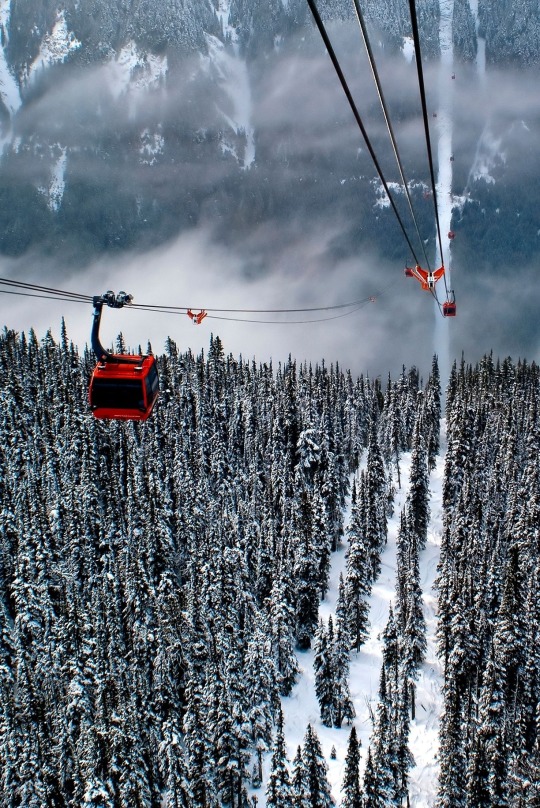
The PEAK 2 PEAK has the longest unsupported span in the world.
Photo ~ Andrew Strain
Whistler/Blackcomb BC 🇨🇦
167 notes
·
View notes
Text
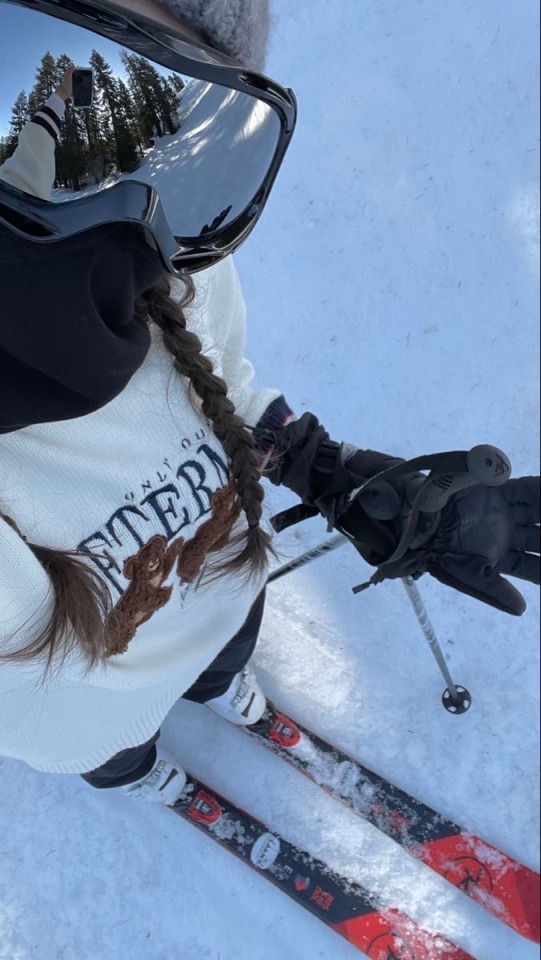
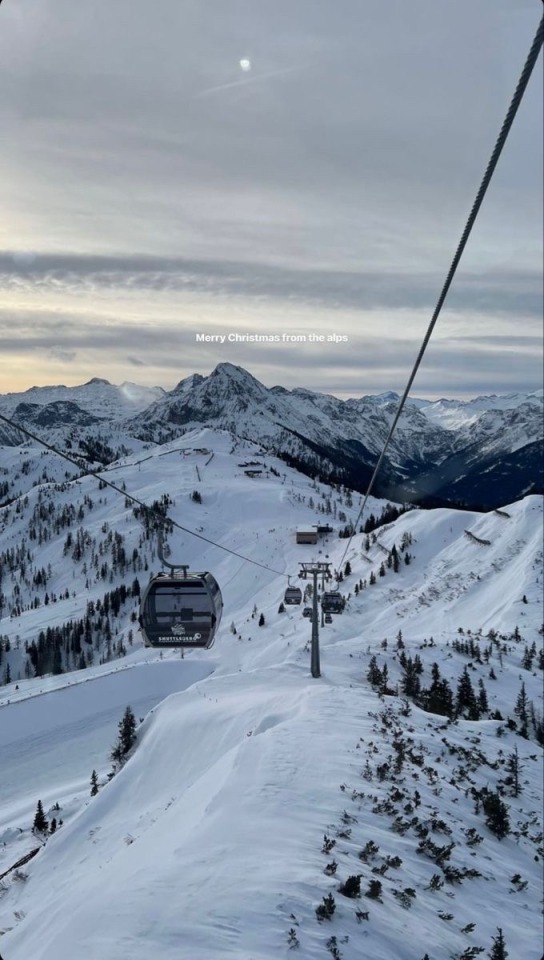
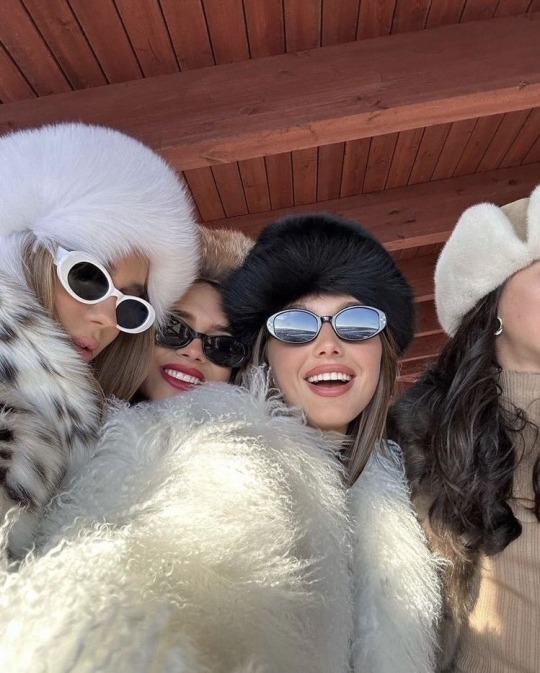

Skiing - a beginner’s guide
I first went skiing in Switzerland with my friends nearly 10 years ago and I loved it. The feeling of the wind on my face, the speed, the adrenaline- it was exhilarating.
I’ve compiled a basic list of ski events, a semi-scandalous article and some of the best destinations in the world as well as some budget friendly ones.
Socialite ski events:
Snowboxx:
Since it launched in 2013, winter festival Snowboxx has been growing in popularity - and it involves flying out to the Alps for a week-long ski party. It takes place in Avoriaz ski resort, Morzine, France each March, and this year saw a superstar lineup of artists performing in the mountains, including ex-Radio 1 DJ Annie Mac, Becky Hill, Jax Jones, Sonny Fodera and Andy C.
The combination of partying to some of the world's best DJs, with the unusual day-activites of skiing and snowboarding, are making many turn away from the summer festival circuit in favour of the winter one.
Hahnenkamm, Kitzbühel , Austria:
The Hahenekamm ski race weekend in Kitzbühel is arguably the biggest alpine ski event in the world. The world’s best take on the iconic Streif downhill track, which is historically the toughest ski race track on the World Cup circuit. A lot of the speed skiers consider winning races here as a bigger honour than the Olympics. As a spectator, the atmosphere is electric with fans around the world admiring some breathtaking ski racing.
X Games, Aspen, USA:
The world’s best freestyle skiers and snowboarders compete annually in Aspen. The event is a prestigious honour to win amongst action sports athletes and has propelled careers. Spectating the event is excellent because you can see most of the action from the viewing areas. The halfpipe events in particular are excellent to watch for this reason.
European Snow Pride, Tignes, France:
Tignes is home to Europe’s biggest gay ski week, with the European Snow Pride. Each day has a theme with nights of brit-pop to superhero days. Many international DJs are invited to play each evening party in the resort’s local clubs and bars.
Slightly scandalous tales: Things I Never Knew About Skiing Until I Was a Private Instructor in Aspen
Really interesting read. I was thoroughly entertained.
Popular ski destinations:
1. Whistler Blackcomb, Canada
Whistler makes it onto pretty much every ‘World Top 10’ list when it comes to ski resorts
2. Niseko, Japan
Located on the northern island of Hokkaido, this Japanese skiing destination is a snow-covered paradise. With a huge 15 metres of average snowfall, it’s no wonder that Niseko is the country’s premier ski resort.
3. Zermatt, Switzerland
As the highest resort in the Alps, it’s got the views. The incredible peak of the Matterhorn can be seen from just about anywhere on the slopes! It also boasts the greatest vertical drop in Switzerland, and there’s all year round skiing at the Matterhorn Glacier.
4. Courchevel, France
The resort is a part of the world’s largest alpine ski area, offering more than 600 kilometres of terrain and interconnected ski runs across 10 summits. The snow here is well-groomed, and there’s a legendary black run that’s considered to be one of the trickiest in the world.
5. Cortina D’Ampezzo, Italy
Known only to the most dedicated, well-travelled skiers prior to the 1956 Winter Olympics, Cortina is a hidden gem in Italy’s Dolomite Mountains.
6. Baqueira-Beret, Spain
It may be a surprising destination for skiing, but Baqueira-Beret in Spain is one of the best places in Europe where you’ll find value for money for a ski holiday. You’ll be able to find affordable accommodation as well as some of the finest tapas restaurants in the country.
7. Ylläs, Finland
The arctic landscapes of Lapland are perfect for skiing. If you dream of snow-dusted trees, the magic of the Northern Lights, or the glow of the midnight sun, Ylläs is a unique winter resort that you won’t want to miss. As Finland’s largest ski resort, it’s got everything you need.
Budget friendly destinations
1. Vogel, Slovenia
An ideal spot for couples or families, this Slovenian spot is a truly beautiful and peaceful ski area. Overlooking Lake Bohinj, Vogel is part of the Triglav national park.
2. Livigno, Italy
Duty-free zone Livigno offers excellent slopes for intermediate skiers. But advanced skiers and snowboarders will be kept busy too – especially if they’re keen to explore off piste.
3. Poiana-Brasov, Romania
Poiana Brasov is Romania’s biggest mountain resort and certainly one of the nicest. The fairytale slopes, flanked by pine trees, are the perfect place to take your skis. With more than 24km of ski runs, there’s plenty to explore.
4. South Korea -Muju Deogyusan Resort
Muju Deogyusan Resort in Jeolla province is only 3 hours away from Seoul. So, if you want to spend your holiday skiing and still enjoy the city of Seoul, this is the place to go.
5. Niseko Ski Resort
Located in Hokkaido, Japan, Niseko Ski Resort boasts a total of four different resorts but with linked ski area. A single pass would give you access to all four resorts. One of the resorts, Mt. Resort Grand Hirafu has been officially named as Japan’s number one snow resort due to the wide array of activities offered.
6. India - Gulmarg
Gulmarg is a rare gem in the Himalayans that will undoubtedly take your breath away with its picturesque beauty. However, skiing in Gulmarg, Kashmir is not for the weak-hearted as the terrains are not suitable for beginners - to add to that, the ski lifts carry you to the highest point in the Himalaya at 13, 780 feet!
7. China - Nanshan Ski Resort
80km away from Beijing, Nanshan Ski Resort is perfect for skiing and snowboarding as the snow are neither too hard nor too soft.
#c suite#powerful woman#strong women#ceo aesthetic#personal growth#that girl#productivity#q/a#getting your life together#balance#skiing#sports#socialite
333 notes
·
View notes
Text
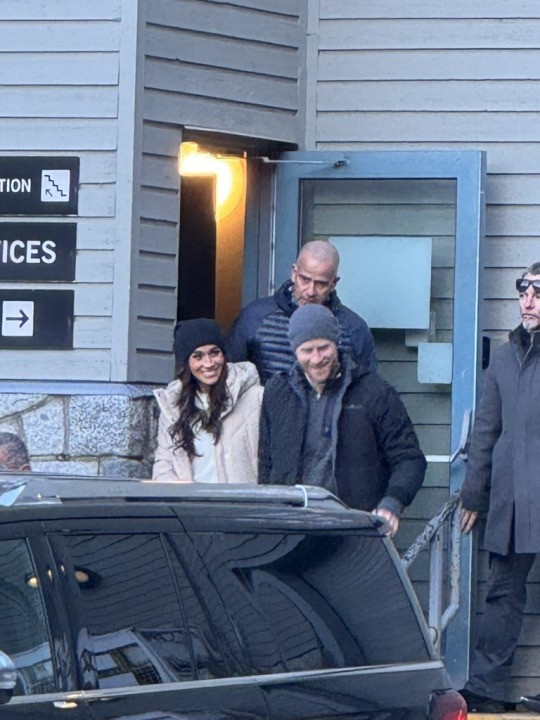








The Duke and Duchess of Sussex at the Invictus Games Vancouver Whistler 2025 One Year to Go events at the top of Whistler Blackcomb. (2/14/24)
#meghan the duchess of sussex#meghan and harry#meghan markle#prince harry#duchess of sussex#harry and meghan#the sussexes#duke and duchess of sussex#duchess meghan#duke of sussex#princess meghan#invictus games
61 notes
·
View notes
Text


Whistler Blackcomb, British Columbia | Canada
#mountains#snowboarding#lifts#blue#sky#snow#Canada#british columbia#photography#photooftheday#nature#winter
13 notes
·
View notes
Text

Blackcomb, Whistler, BC, 2016.
8 notes
·
View notes







